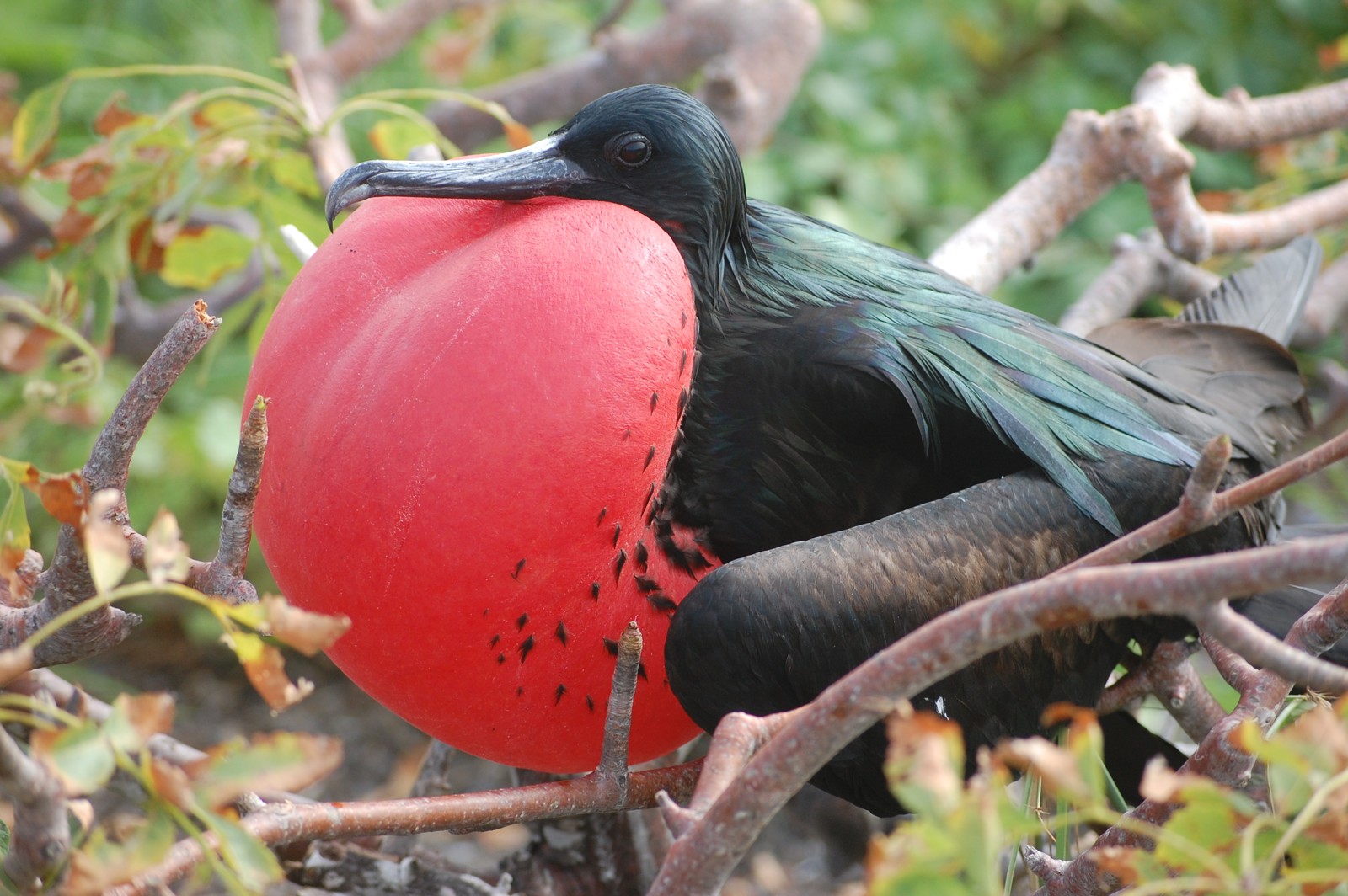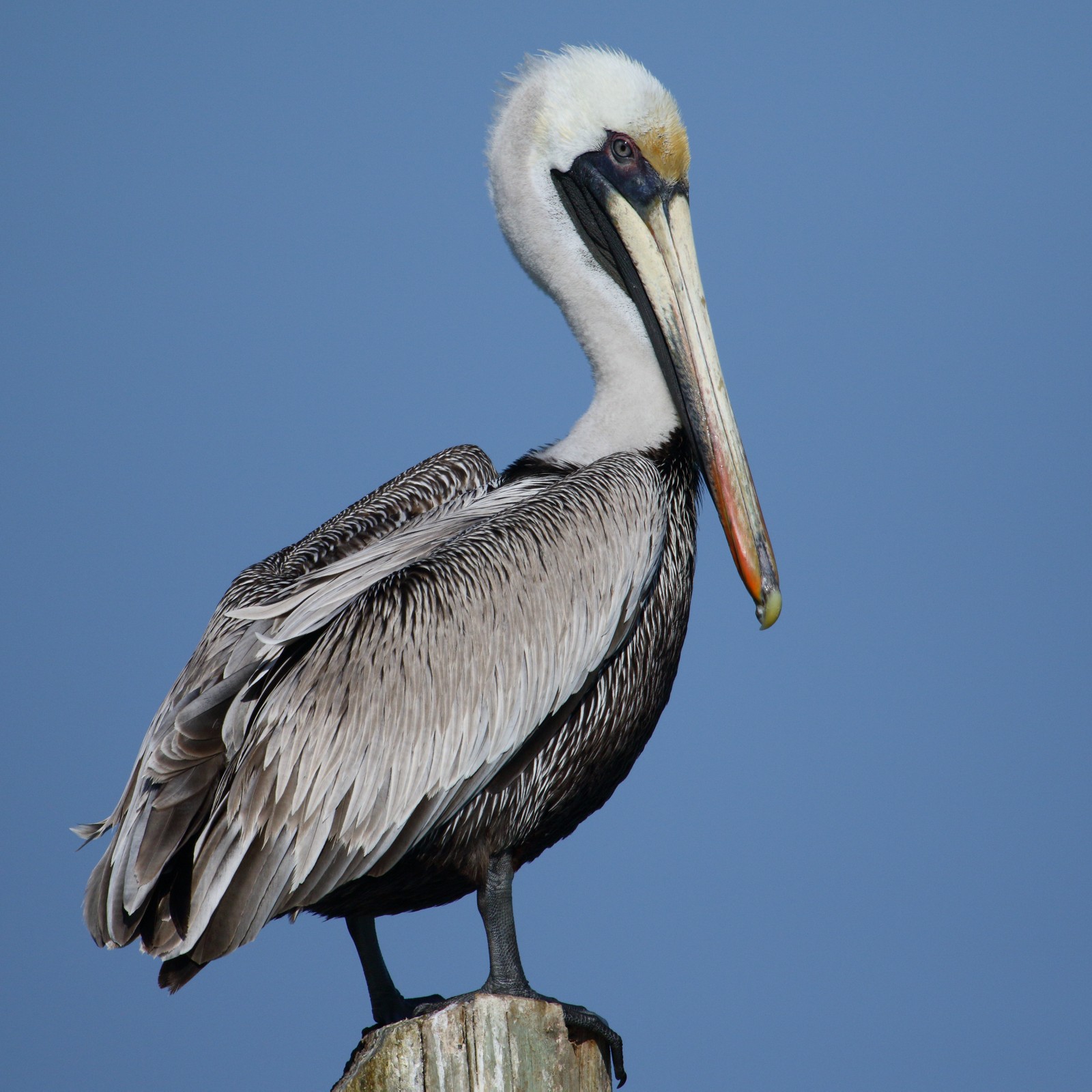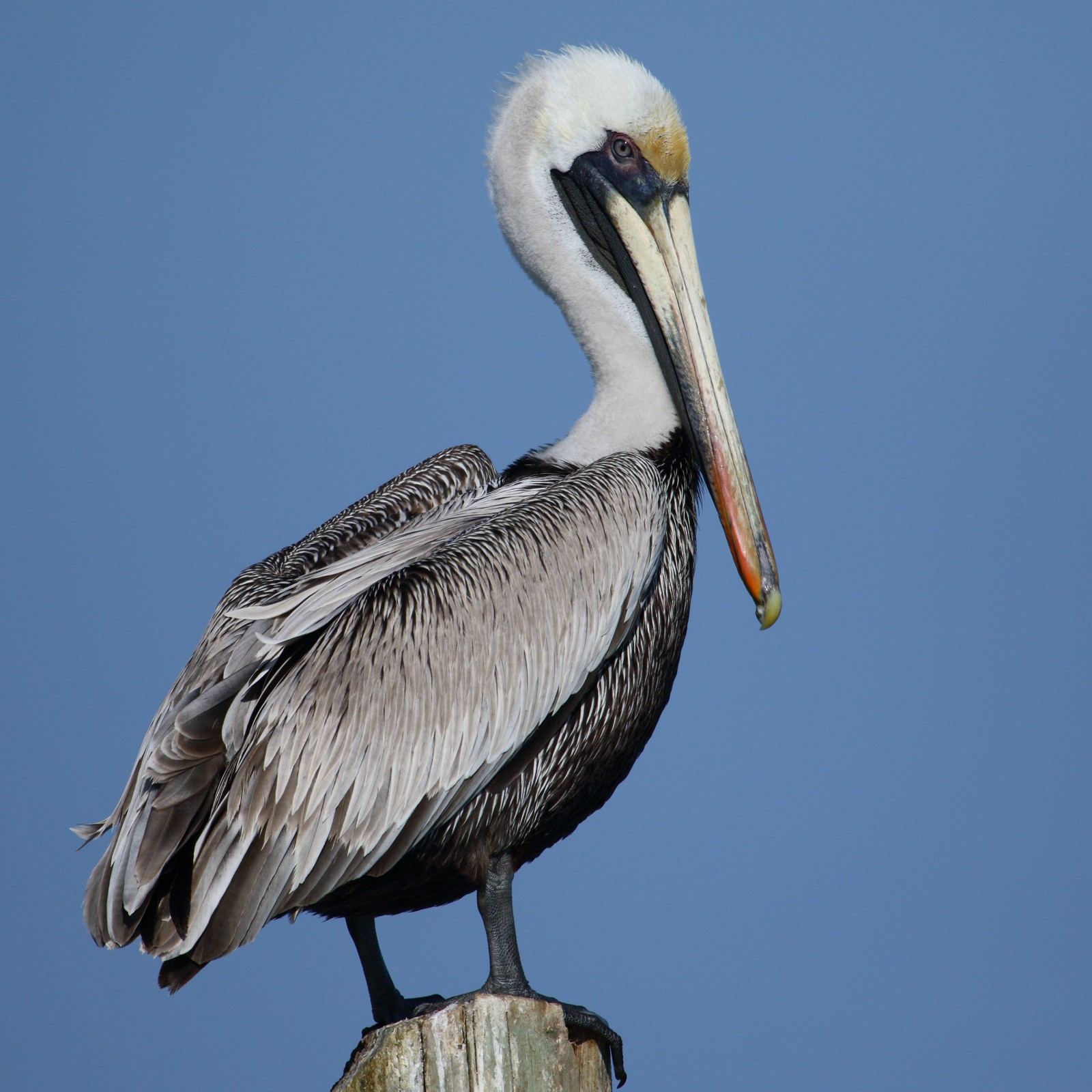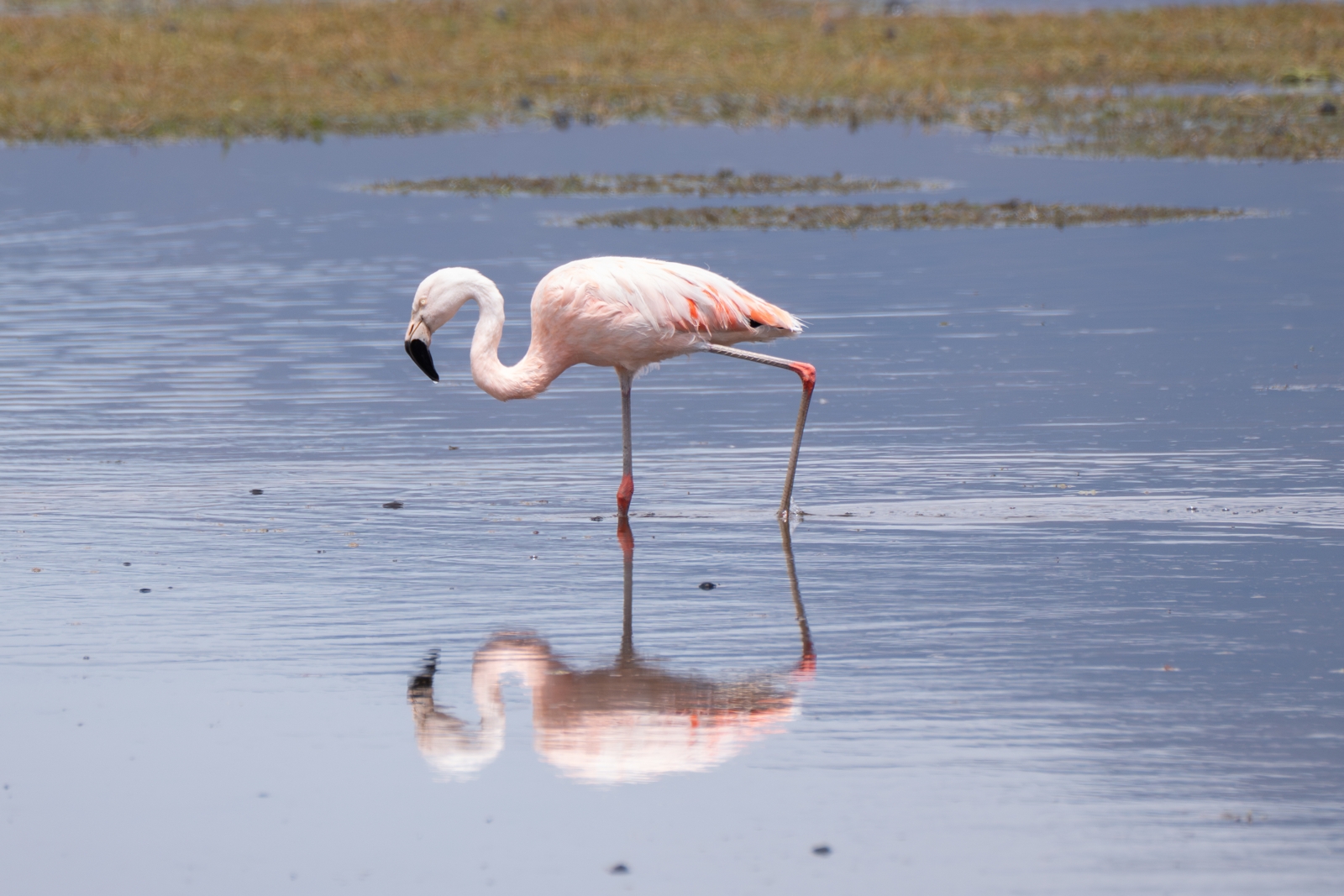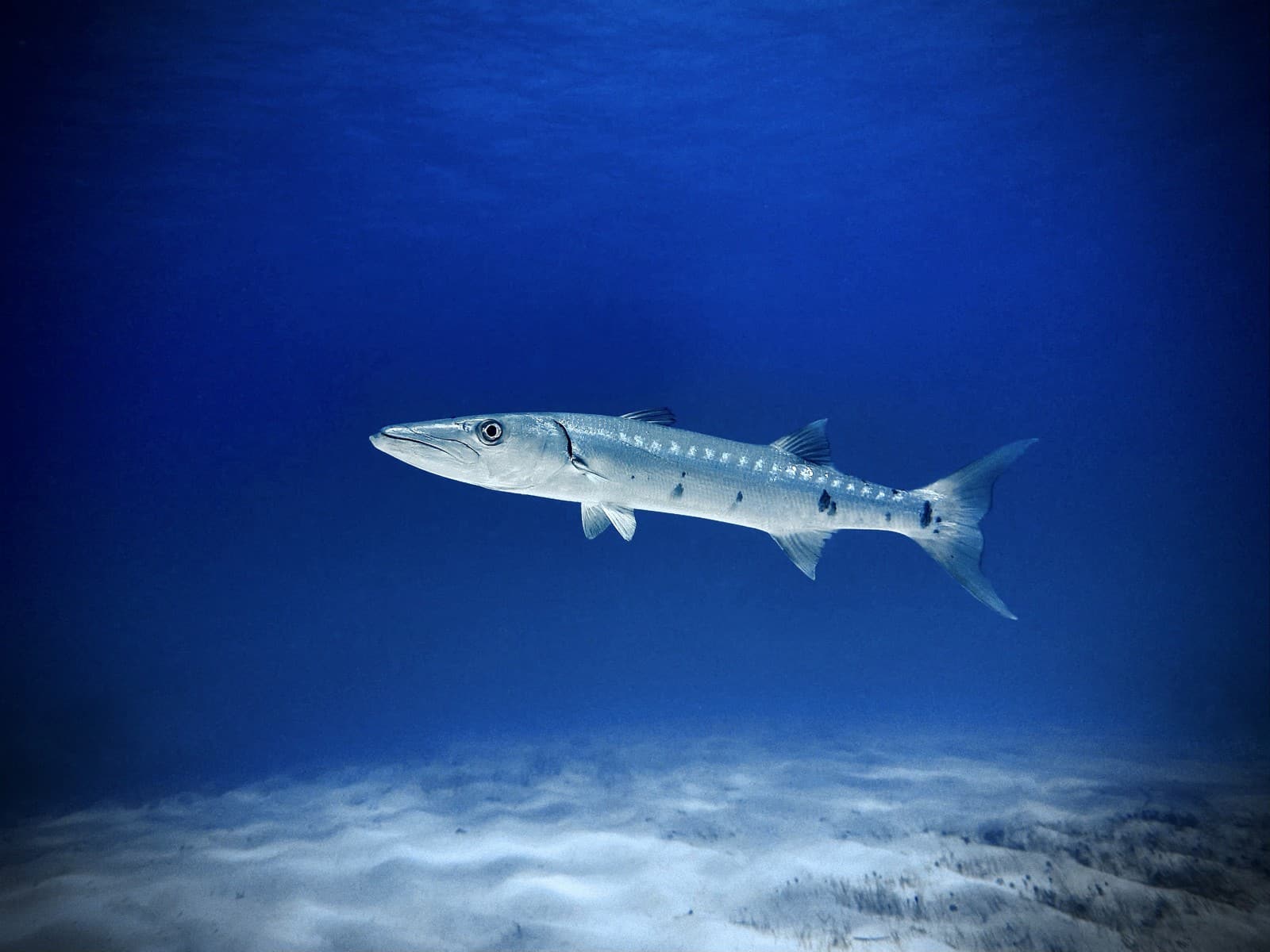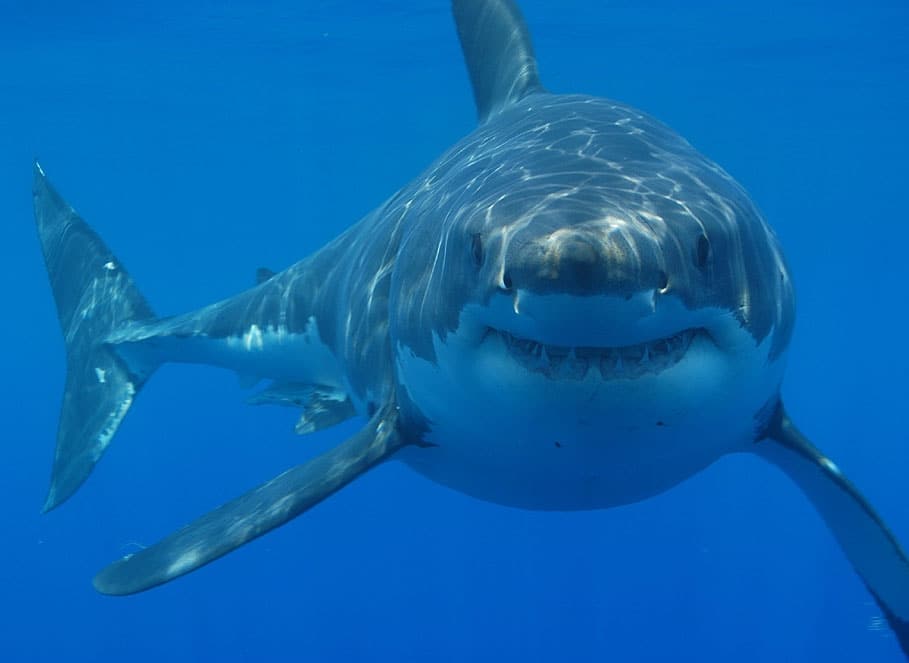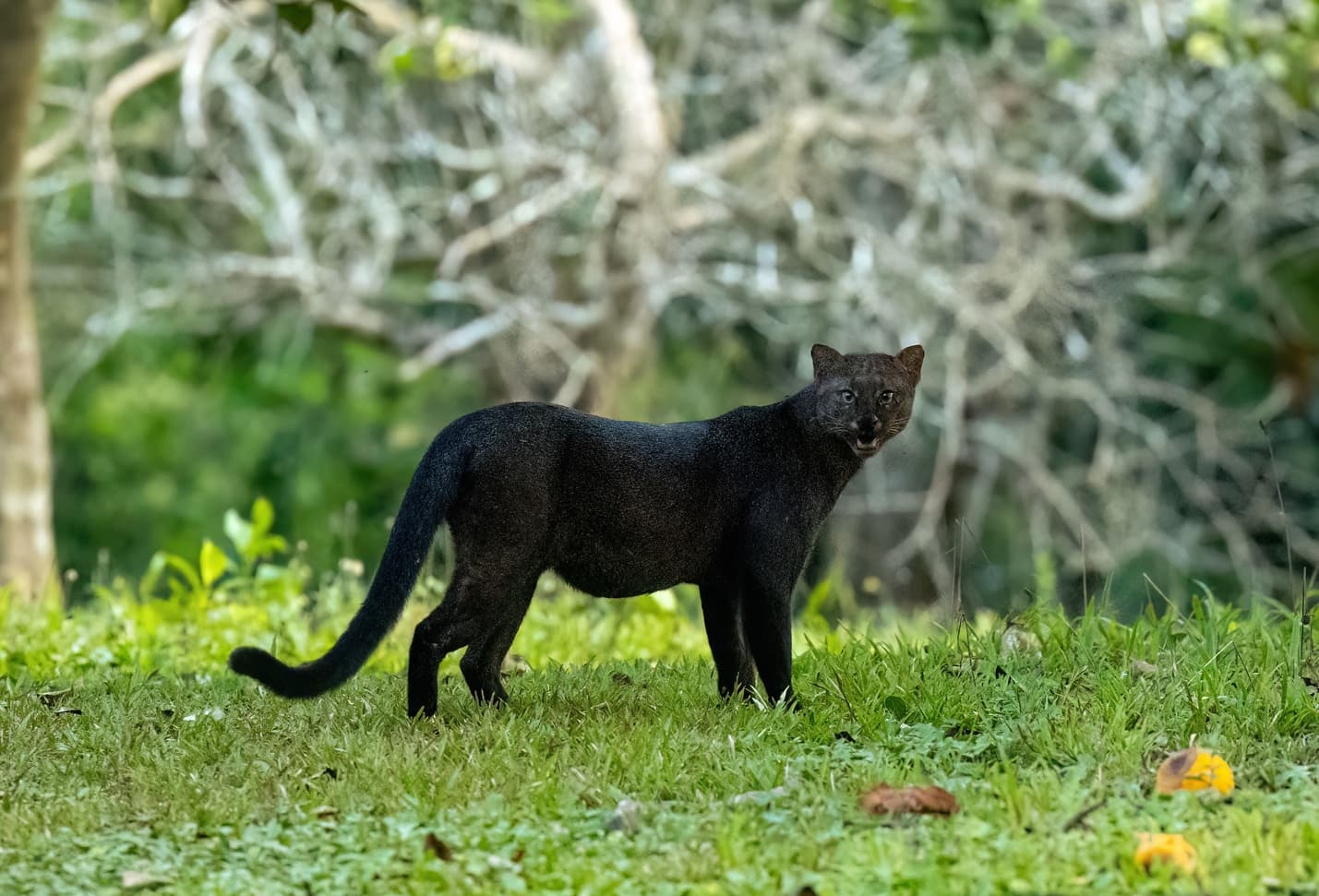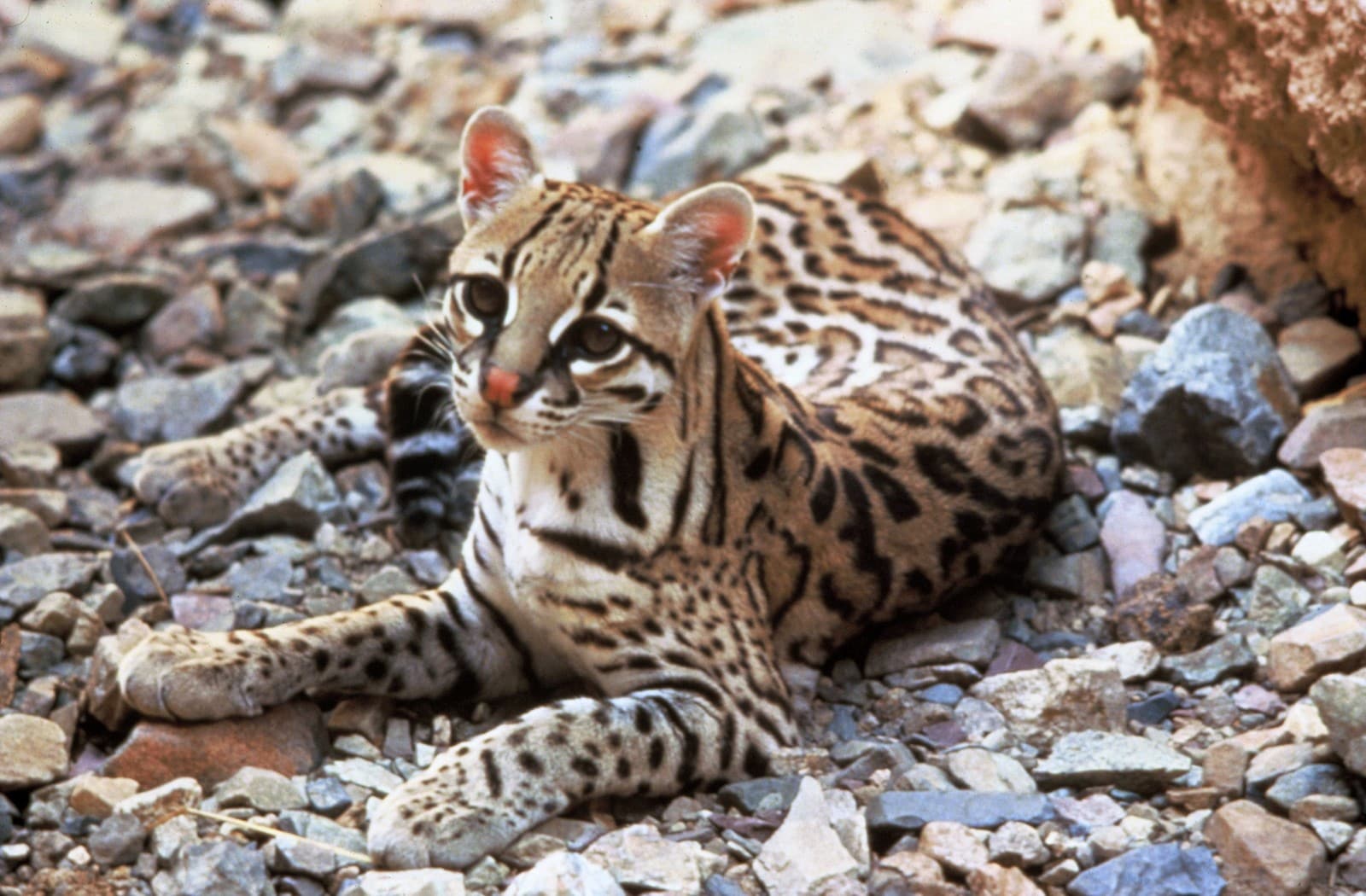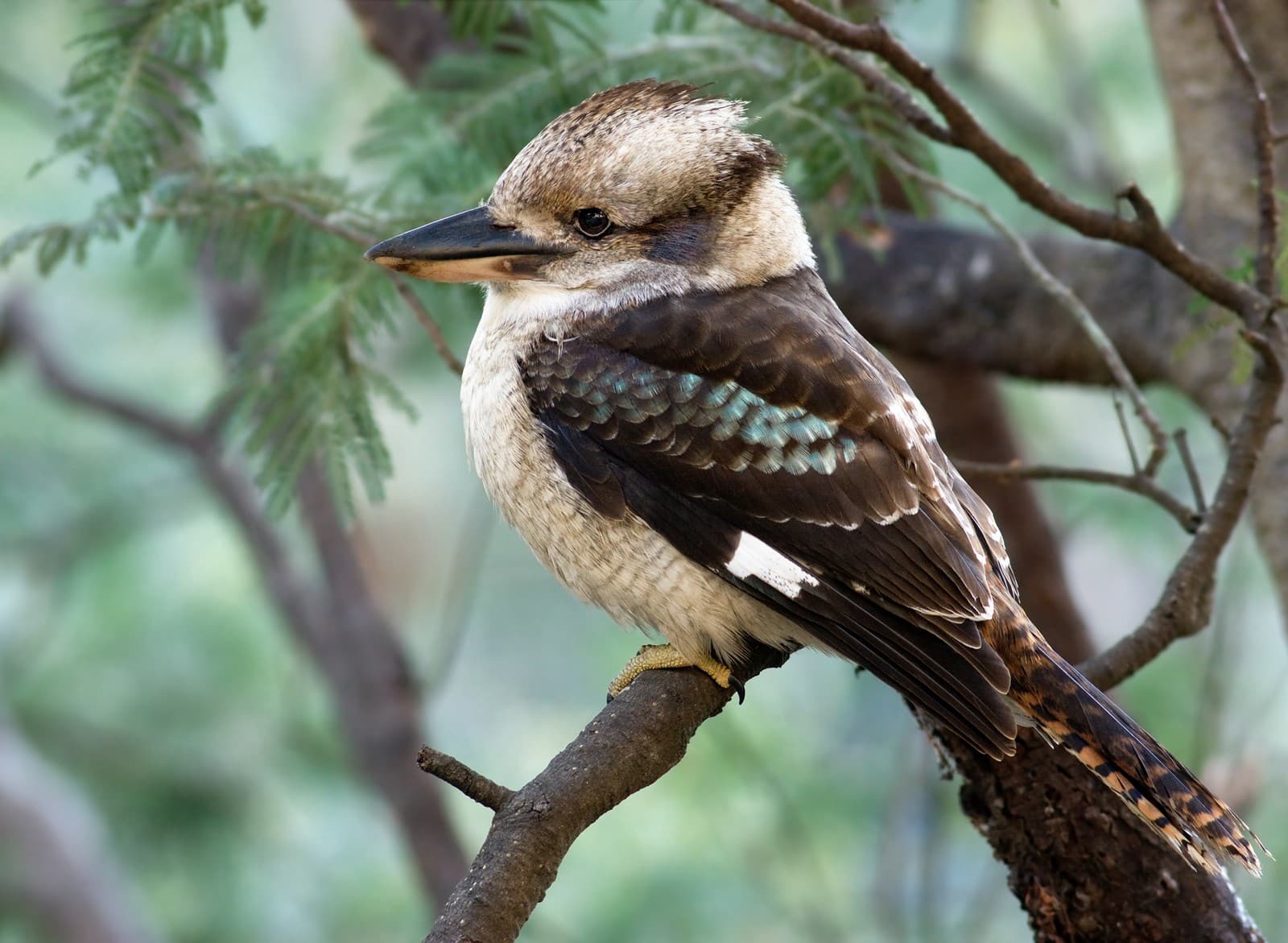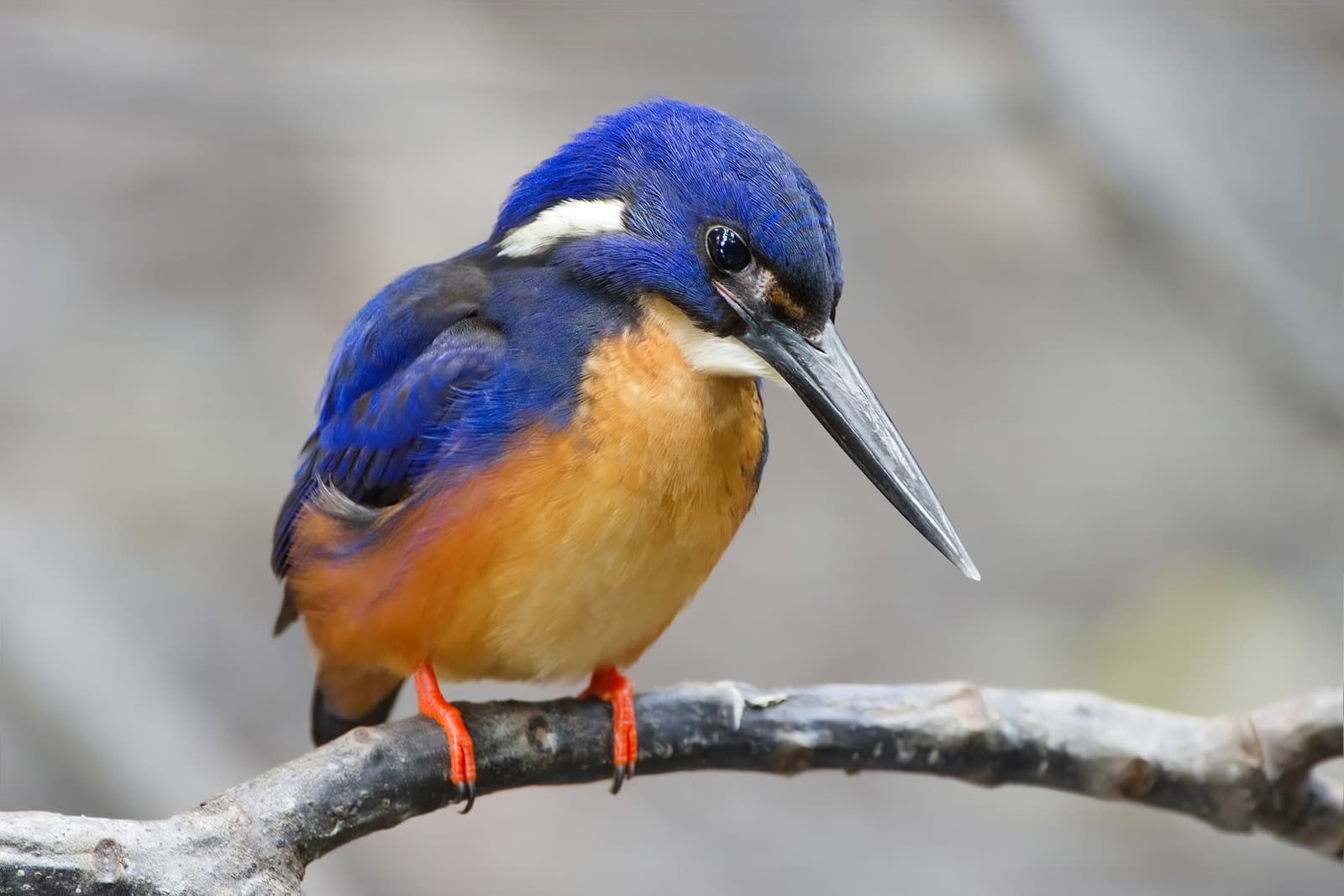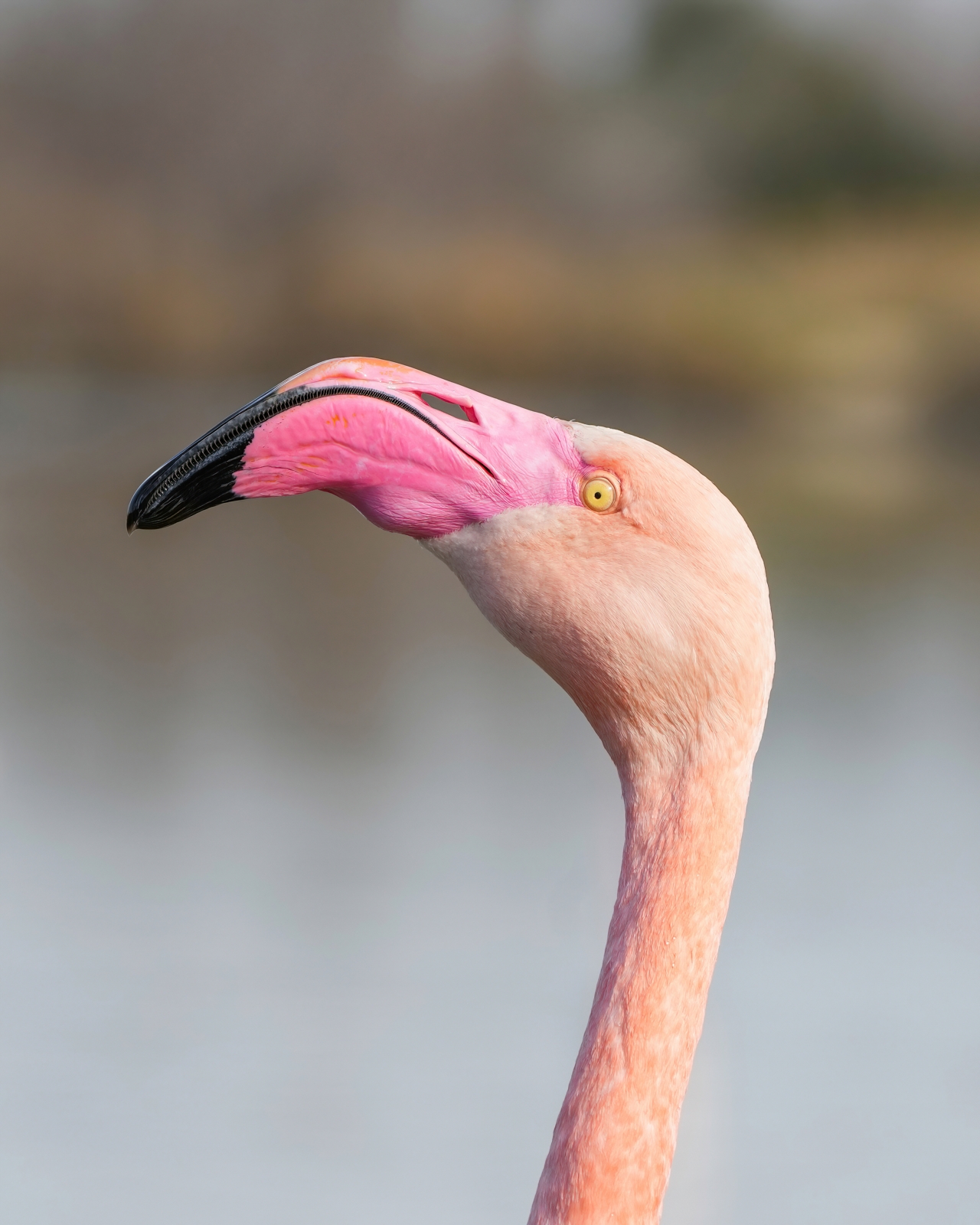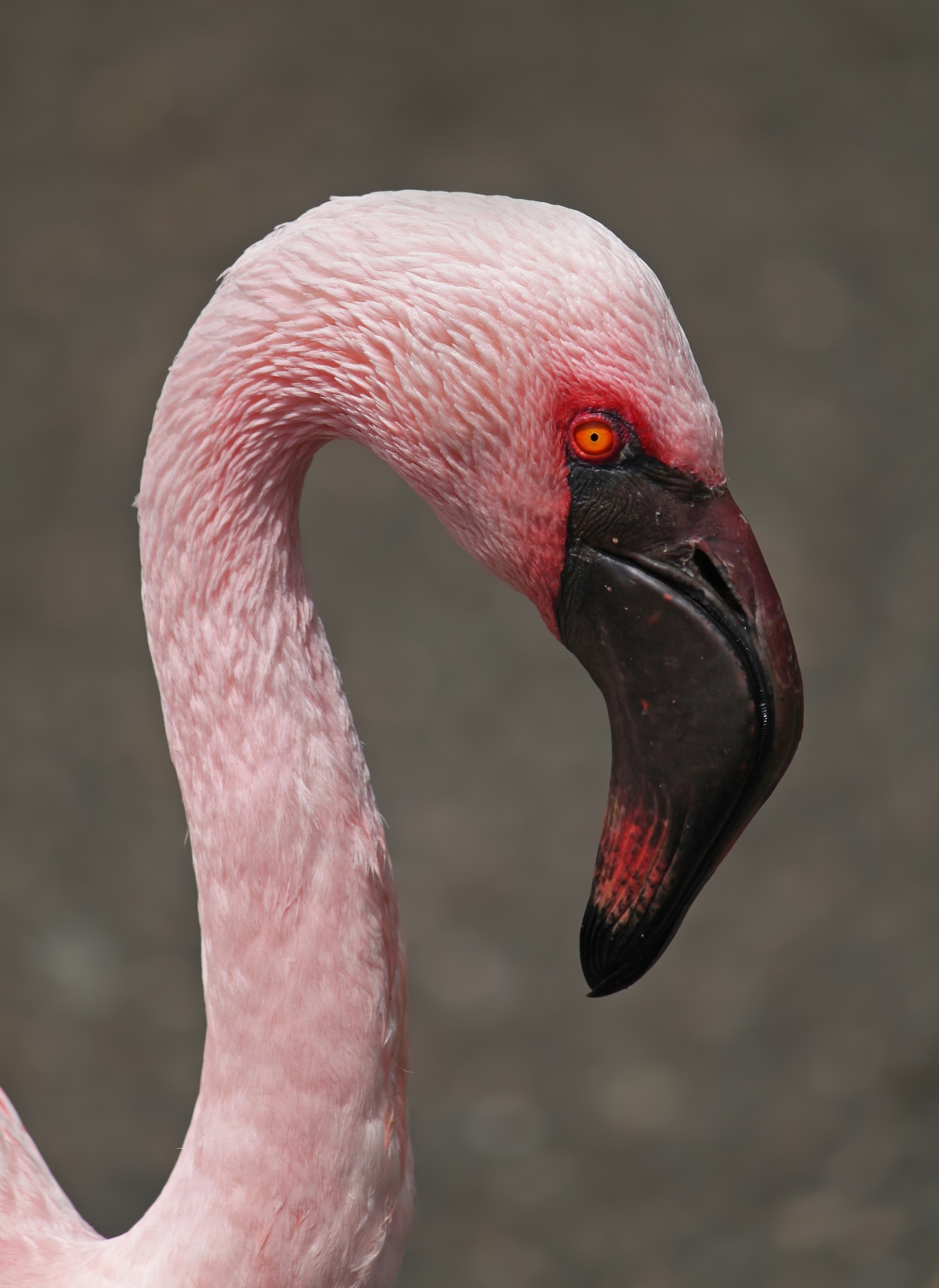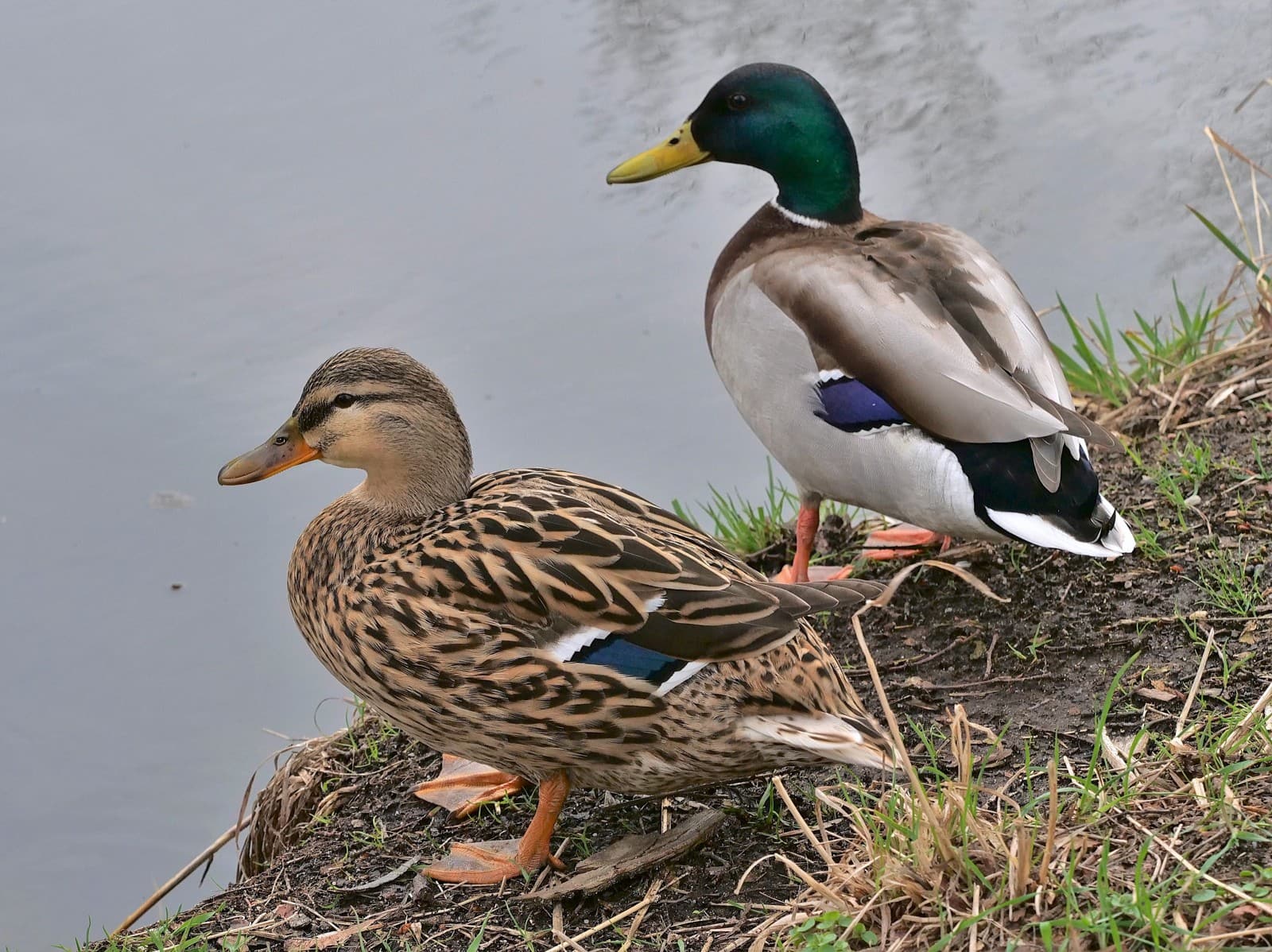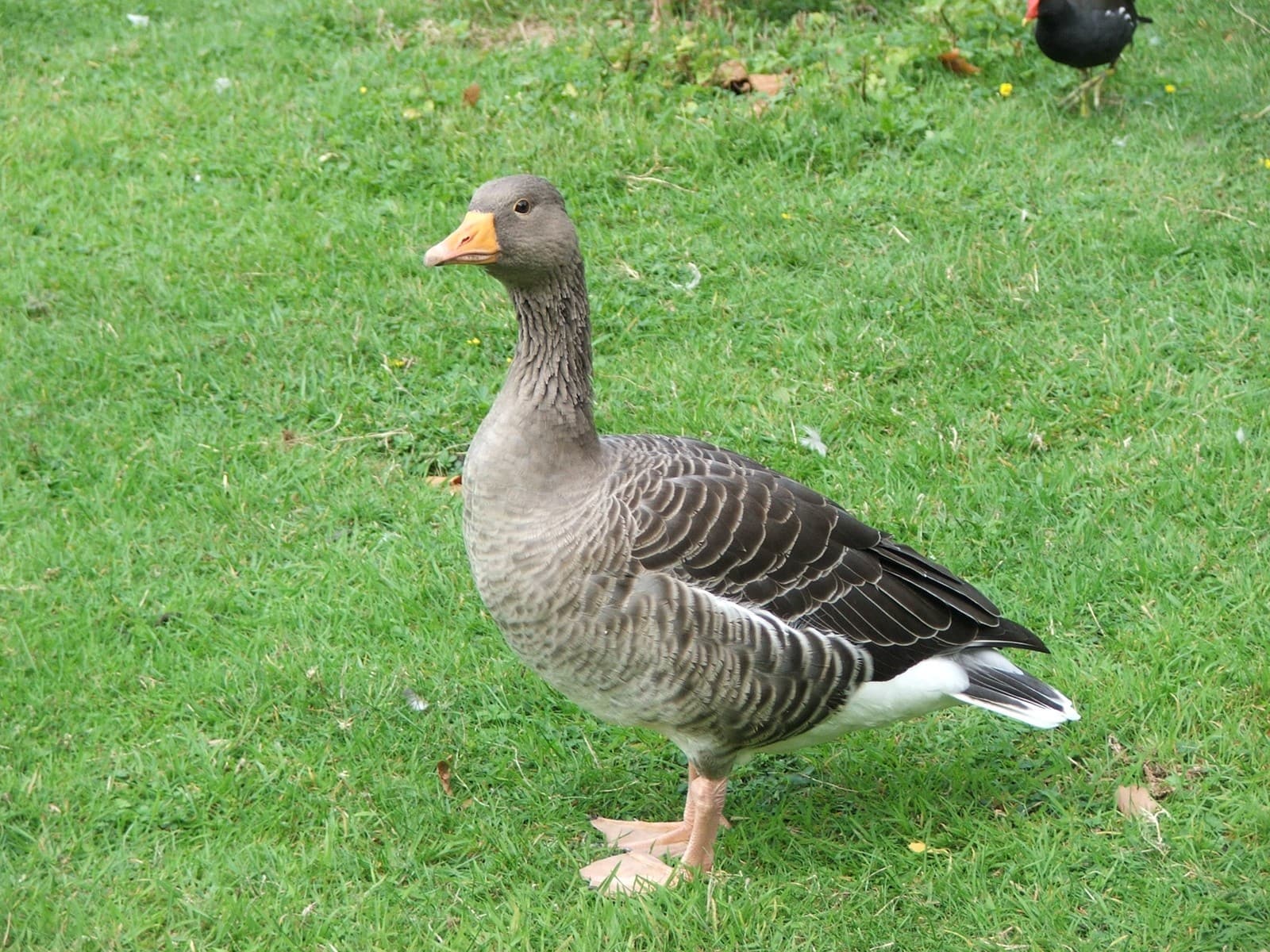Cormorant vs Pelican: A Complete Comparison
While both cormorants and pelicans are expert fish-hunting seabirds, they differ significantly in size, hunting technique, and physical characteristics. Pelicans are substantially larger, with wingspans reaching up to 10 feet (3 meters) in some species, while cormorants typically max out at 5.2 feet (1.6 meters). The most striking difference lies in their bills – pelicans possess their iconic expandable throat pouch, while cormorants feature a more slender, hook-tipped bill.
These coastal birds have evolved distinct fishing strategies that set them apart. Cormorants are underwater pursuit hunters, diving deep and using their powerful webbed feet to chase fish, while pelicans primarily employ surface plunge-diving, scooping up fish in their expandable pouches. Understanding these differences helps explain their unique roles in coastal ecosystems.
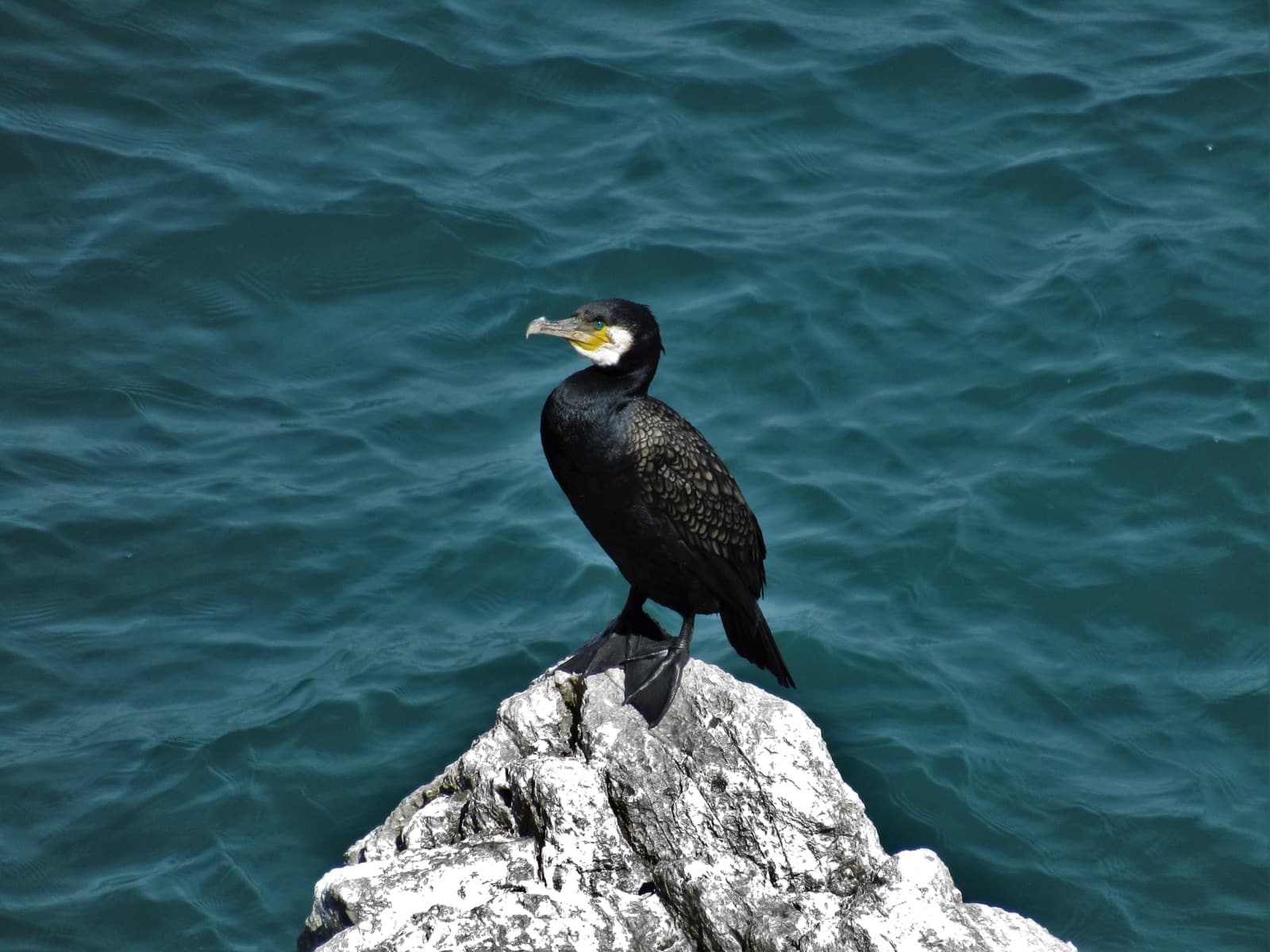
© Partonez / CC BY-SA 4.0
The Great Cormorant demonstrates the species’ characteristic streamlined form and hooked bill, adaptations that make it an efficient underwater hunter. Unlike pelicans, cormorants must dry their wings after diving, as their feathers are less water-resistant to allow deeper diving capabilities.
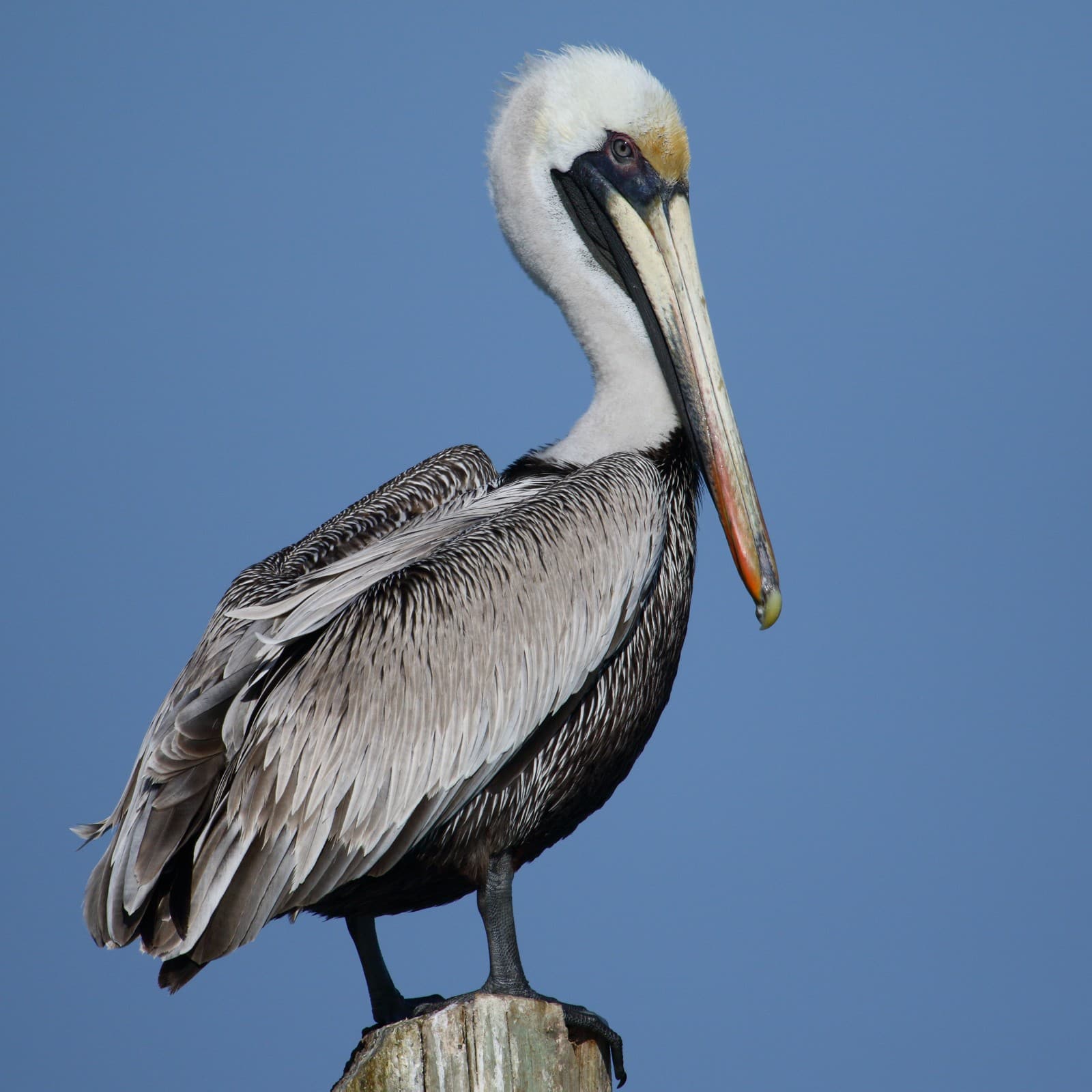
© Cephas / CC BY-SA 4.0
The Brown Pelican showcases the species’ distinctive features, including the massive bill and expandable gular pouch that can hold up to 3 gallons (11.3 liters) of water. This specialized adaptation allows pelicans to strain water from their catch efficiently.
Key Differences: Cormorant vs Pelican
| Feature | Cormorant | Pelican |
|---|---|---|
| Size | 25-40 inches (63-100 cm) | 40-70 inches (100-180 cm) |
| Wingspan | 31-63 inches (79-160 cm) | 72-120 inches (183-305 cm) |
| Bill Structure | Slender with hooked tip | Long with expandable pouch |
| Hunting Method | Underwater pursuit | Surface plunge-diving |
| Diving Depth | Up to 150 feet (45 meters) | Usually 3-20 feet (1-6 meters) |
| Feather Type | Less waterproof, needs drying | Water-resistant |
Hunting Techniques and Habitat
Cormorants and pelicans have evolved distinctly different approaches to fishing. Cormorants are exceptional underwater swimmers, using their powerful legs and feet to pursue fish at considerable depths. Their less water-resistant feathers allow them to reduce buoyancy for deeper dives, though this requires them to dry their wings afterward.
Pelicans, conversely, are surface feeders that typically spot fish from above before plunging down to scoop them up in their expandable pouches. Their water-resistant feathers keep them buoyant, and their specialized bills can strain out water while retaining fish.
Social Behavior and Breeding
Both species exhibit colonial nesting behavior, but their approaches differ significantly. Cormorants typically nest in dense colonies on cliffs or in trees near water, building compact nests from twigs and seaweed. Their colonies can number in the hundreds or thousands.
Pelicans form larger, more spread-out colonies, often on isolated islands or remote coastlines. They construct more substantial nests and show more complex social behaviors, including communal fishing techniques in some species.
Conservation Status and Threats
While both birds face similar environmental challenges, their conservation needs differ. Cormorants have shown remarkable resilience and adaptation to human presence, sometimes leading to conflicts with fishing industries. Many pelican species, however, face more serious conservation challenges due to habitat loss and pollution.
Who Would Win in a Confrontation?
While direct confrontations between cormorants and pelicans are rare, pelicans generally dominate in competitive situations due to their larger size and more robust bill structure. However, these birds typically avoid conflict, preferring to partition their fishing grounds based on their different hunting techniques.
Both species have successfully adapted to their ecological niches through millions of years of evolution, each developing specialized features that make them perfectly suited to their particular lifestyle and hunting methods.
